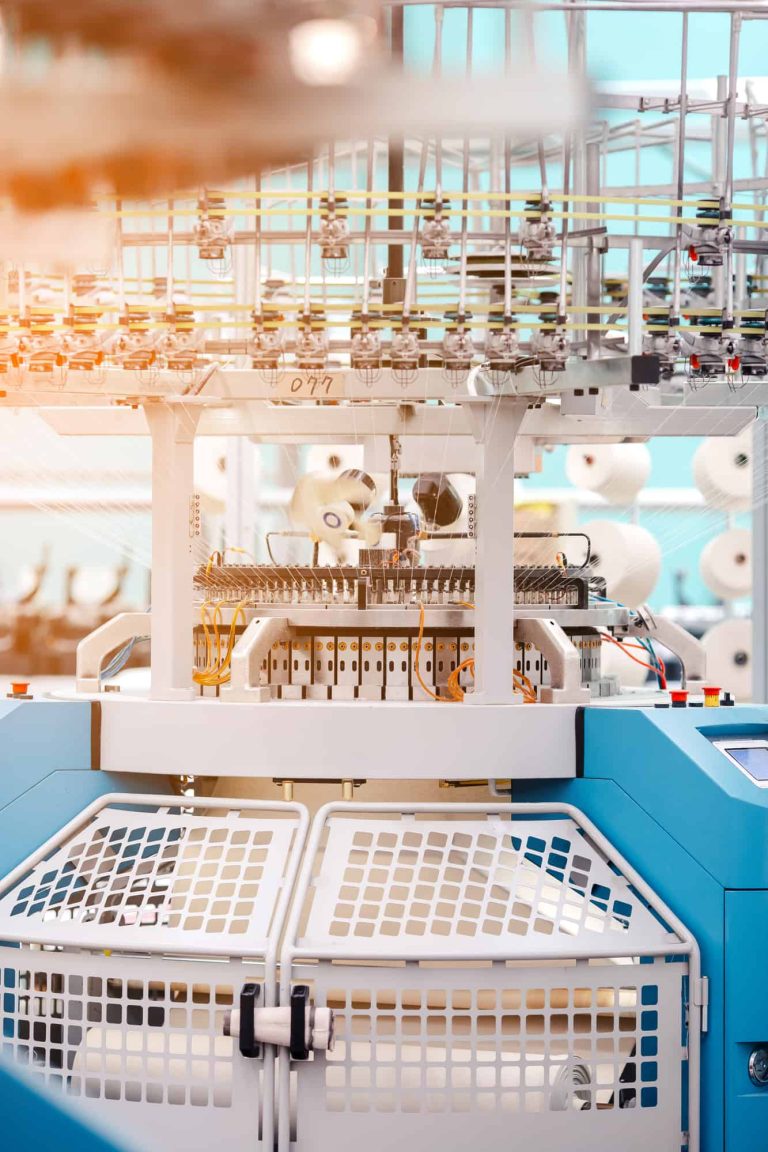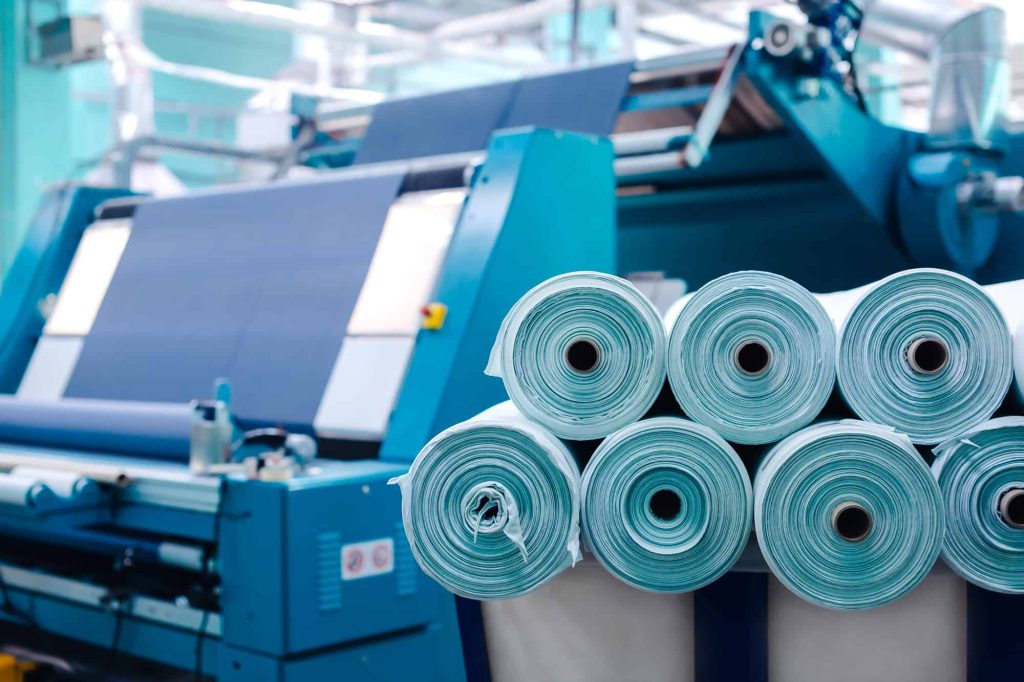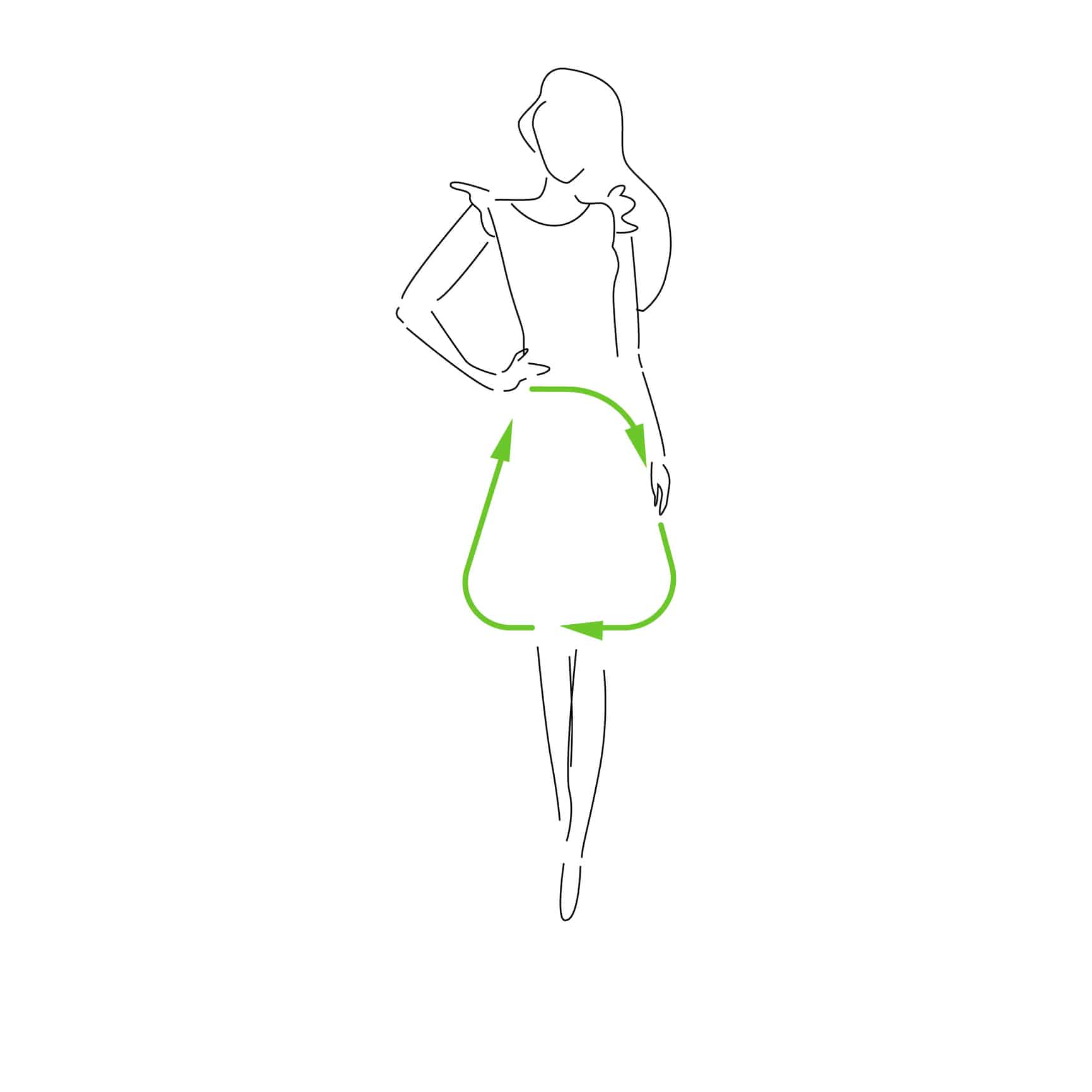Rayon is a semi-synthetic cellulosic fibre usually created from wood pulp and a sequence of chemical processes that transform cellulose into long filaments. Rayon is one of the oldest artificial fibres and is well-known for having similar characteristics to other textile fabrics such as cotton and silk but at a lower cost of production. The lower cost of production is due to the cheaper raw material and its easy availability.
A French industrial chemist Comte De Chodonnet, is considered “The father of the Rayon”. In the year 1889, he invented the process of creating rayon fibre by squeezing nitrocellulose solution through spinnerettes. As soon as the solution passed through the spinnerettes, it dried by warm air. Hardening the jets in warm air reconverted them into cellulose by chemical treatment. One of the early types of rayon fibre was ‘Chardonnet Silk’. It was the first commercially produced man-made fibre, produced in 1891 at a factory in Besancon.
Even though the extraction process is simple and produces little waste, it is slow, expensive, and possibly dangerous. Another French chemist, Louis Henri Despeissis, proposed an alternative method for making rayon fibres using Cuprammonium Rayon in 1890. It involves the chemical material by Swedish chemist Matthias Edward, who dissolved the cellulosic raw material in an ammonia and copper solution. Later on, J P Bemberg used this method to start producing cuprammonium rayon as Bemberg silk.
In 1891, British chemists Charles F. Cross, Edward J. Beven, and Clayton Beedle created a third method of rayon production by dissolving cellulose xanthate in diluted sodium-hydroxide and producing a viscous, yellow, sulfurous-smelling liquid. This process is the most often used type today, and the fibre produced by this method is commonly referred to as ‘Viscose Rayon’. Its commercial production first began by a British silk manufacturer, Samuel Courtauld & Company, in 1905. And subsequently, this process was adopted by an American Viscose Corporation in the United States in 1911.
With the start of the 21st century, Grasim of India, one of the largest manufacturers, started producing 24 % of the world’s rayon demand. By 2018, the Peoples’ Republic of China had emerged as the world’s largest producer, accounting for over 65 percent of global rayon output. Today several countries have been producing rayon. Among these countries, some of the major producers are Germany, Brazil, Austria, China, Laos, Canada, and the United States. Bamboo is being used in several rayons instead of wood pulp. Bamboo is generally seen as environmentally friendly due to its rapid growth. However, Indonesia is now one of the world’s biggest producers of rayon fibre, with their brand Asia Pacific Rayon (APR) having an annual production of 0.24 million tonnes.

For nearly four decades, rayon was known as artificial silk. After being established in the industry and becoming a household name, it was later called ‘Rayon’ by the Federal Trade Commission (FTC) in 1952.
The primary raw material for creating rayon, whether wood pulp or cotton linters, must be treated to remove and purify the cellulose. The purified white cellulose is passed through spinnerettes of specific size and shape to make regenerated cellulose threads. These filaments soon after extrusion are dried and cut to a particular length. The staple fibres produced are then used as a raw material for spinning yarns of multiple counts and compositions.
Continuous Spinning involves washing, bleaching, drying, twisting, and winding the filaments while they are stretched across godet wheels. Once the fibres have been adequately cured, they are ready for post-treatment chemicals and the numerous weaving procedures required to create the cloth. The finished fabric can then be given a variety of finishing treatments. Calendaring is used to control smoothness, as well as fire resistance, pre-shrinking, water resistance, and wrinkle resistance.

Rayon is used in a wide variety of clothing because of its breathable and absorbency. It is used for athletic wear, in blouses, jackets, lingerie, lining, slacks, and ties, as for drapery tops and loose bottoms for its flowy looks. Rayon is also used in home furnishings such as bedspreads, blankets, curtains, sheets, slipcovers, and tablecloths. It has also become an alternative to natural silk as it is cheaper and easy to produce than silk and has a similar texture to silk.
Rayon has an advantage over natural fibres due to its semi-synthetic nature. The extrusion of the fibre helps impart certain properties which the natural fibres don’t exhibit. Some of the main properties of rayon are mentioned below in detail.
Rayon is much more absorbent than cotton, and it is a perfect choice for summer wear. Unlike cotton, rayon loses strength when it is wet, therefore one must take special care in its washing.
Rayon tends to shrink a lot when subject to heat. It has better insulation properties against hot or cold weather conditions.
One of the main issues with rayon fabric is that it gets wrinkled in pure form. It is treated with special finishes to overcome this problem.
Rayon fabrics have the unique property of being highly breathable due to their cellulosic nature. These fabrics don’t trap heat, unlike other synthetic fibres, which is a major advantage of rayon for its usage in outdoor activities in warm conditions.
On account of durability, this fibre ranks lower than other cellulosic fibre. The fibres have low dimensional stability, which leads to garment deformation over an extended period of use.

It is a semi-synthetic rayon fibre created from wood pulp that is used as a silk alternative due to its similar drape and silky feel. It is the most popular type of rayon and is a flexible fabric with a wide range of uses, from garments to wire. Viscose has the lowest wet strength of any rayon type, which means it is the most likely to shrink or lose its shape during the washing process.
Modal is a semi-synthetic fibre derived from beech tree pulp that is mostly used for clothes such as underwear and pyjamas and domestic products like bedsheets and towels. Modal is frequently combined with other fibres such as cotton and spandex for increased strength. Modal is regarded as a rich textile due to its soft texture as well as its high cost, as it is more expensive than cotton or viscose.
Lyocell, like modal, is derived from beech trees, but the manufacturing method utilizes less harsh chemicals, making it more environmentally friendly. Lyocell is a fibre that is comparable to cotton or linen and is frequently combined with such textiles. Lyocell rayon is the most absorbent form of rayon, which means it can absorb moisture from the skin while remaining dry and cool.
Rayon requires special attention when it comes to caring for it. Because of its texture and versatility,
| Cookie | Duration | Description |
|---|---|---|
| cookielawinfo-checbox-analytics | 11 months | This cookie is set by GDPR Cookie Consent plugin. The cookie is used to store the user consent for the cookies in the category "Analytics". |
| cookielawinfo-checbox-functional | 11 months | The cookie is set by GDPR cookie consent to record the user consent for the cookies in the category "Functional". |
| cookielawinfo-checbox-others | 11 months | This cookie is set by GDPR Cookie Consent plugin. The cookie is used to store the user consent for the cookies in the category "Other. |
| cookielawinfo-checkbox-necessary | 11 months | This cookie is set by GDPR Cookie Consent plugin. The cookies is used to store the user consent for the cookies in the category "Necessary". |
| cookielawinfo-checkbox-performance | 11 months | This cookie is set by GDPR Cookie Consent plugin. The cookie is used to store the user consent for the cookies in the category "Performance". |
| viewed_cookie_policy | 11 months | The cookie is set by the GDPR Cookie Consent plugin and is used to store whether or not user has consented to the use of cookies. It does not store any personal data. |
Create your free account and begin your sustainability journey.

